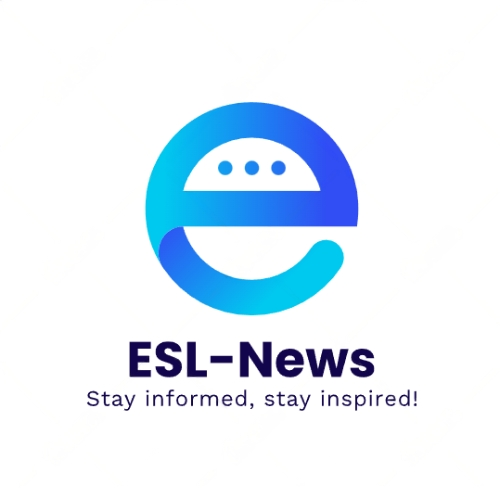When a team perceives their value within the organization, their allegiance transcends mere appreciation—it becomes intrinsic.
The contemporary landscape of employment retention necessitates a nuanced understanding of employee sentiment. The arduous process of recruitment and training fraught with temporal and financial implications can render the departure of a high-caliber employee a grievous loss. Instead of remaining embroiled in the relentless cycle of turnover, what if we could preempt these challenges? In light of the ongoing competition for talent, I consulted my colleague Joe Mull, an authority on employee engagement and retention, as well as the esteemed author of Employalty (Page Two, 2023), to elucidate strategies for fostering an unwaveringly loyal and engaged workforce from the outset.
The Importance of Quality of Life in Employment Decisions
Mull’s investigations reveal an undeniable shift in career decision-making, which predominantly hinges upon quality-of-life considerations. He elucidates that the criteria for committing to an organization now extend beyond mere compensation and opportunities for advancement—they hinge on work being a catalyst for an enhanced existence, rather than a detractor.
Reflect on your organization’s approach: when did you last evaluate your team’s experience through the prism of their holistic well-being? To cultivate long-term loyalty, it is imperative to foster an environment where professional contributions underpin a fulfilling life. This paradigm shift is critical, particularly in the context of competing against larger firms proffering more substantial remuneration and attractive benefits.
Proactive Engagement: Anticipating Challenges
While it may be tempting to address employee engagement only upon the emergence of discontent, such an approach often relegates leaders to a reactive stance. Mull advocates for the integration of proactive strategies from the outset. “It is essential to reflect on ingrained perceptions regarding the nature of employment,” he posits. Here are several implementable strategies:
1. Establish an Exemplary Onboarding Paradigm
The manner in which new employees are integrated into your organization is pivotal to shaping their overall experience. Mull contends that onboarding should transcend mundane administrative tasks. By fostering a narrative around the company’s mission and implicating each team member’s role in fulfilling that vision, you create an early sense of belonging that significantly enhances retention.
2. Prioritize Stay Interviews Over Exit Conversations
In my extensive tenure within the staffing industry, I have consistently advocated for the superiority of “stay interviews” over exit discussions. By the time an employee opts to leave, it is often too late to remedy underlying issues. Proactively scheduling regular dialogues with your staff regarding their experiences and any potential grievances demonstrates a commitment to continuous improvement.
3. Uphold Work-Life Boundaries
While entrepreneurial zeal can often breed a culture of relentless activity, it is imperative to recognize that not every employee is inclined to operate at a breakneck velocity. Mull highlights the misconception that extended hours equate to heightened dedication. Instead, it is vital to define what a healthy work-life equilibrium looks like for your team, ensuring respect for personal time across the board.
4. Implement Flexible Work Arrangements
In today’s employment landscape, flexibility is no longer a luxury but a necessity. This does not necessitate a complete reconfiguration of operational frameworks; rather, consider incremental adjustments that afford employees greater autonomy in managing their schedules. A mere allowance for occasional remote work or delayed start times can significantly bolster morale and foster loyalty.
5. Consistently Recognize Achievements and Milestones
Recognition of hard work and celebrating significant milestones should form an integral aspect of your organizational culture. Simple gestures—be it a handwritten note of thanks, public acknowledgment in meetings, or even the occasional celebratory treat—serve to affirm your appreciation of employee contributions.
Cultivating a Destination Workplace
Mull emphasizes the importance of crafting what he terms a “destination workplace”—an environment where individuals aspire to work, rather than merely where they feel obliged to clock in. Envision your workplace akin to a five-star establishment that guests frequent not out of necessity, but because of the thoughtful details that foster a sense of appreciation and belonging.
By embedding these principles into your organizational ethos, you will cultivate a culture that not only attracts premier talent but also engenders long-term commitment. As Mull aptly asserts, “People generally perform admirably when they believe they have a remarkable role.”
Through the implementation of these deliberate and considerate changes, you lay the groundwork for a thriving team that remains personally invested in your organizational trajectory—one where collaboration is perceived as an honor rather than an obligation.
Vocabulary List:
- Perceives /pərˈsiːvz/ (verb): To become aware of something through the senses.
- Allegiance /əˈliː.dʒəns/ (noun): Loyalty or commitment to a group or cause.
- Nuanced /ˈnjuː.ɑːnst/ (adjective): Characterized by subtle distinctions or differences.
- Retention /rɪˈtɛnʃən/ (noun): The continued possession use or control of something.
- Catalyst /ˈkæt.əl.ɪst/ (noun): Something that causes a change or action to happen.
- Equilibrium /ˌiː.kwɪˈlɪb.ri.əm/ (noun): A state in which opposing forces or influences are balanced.




